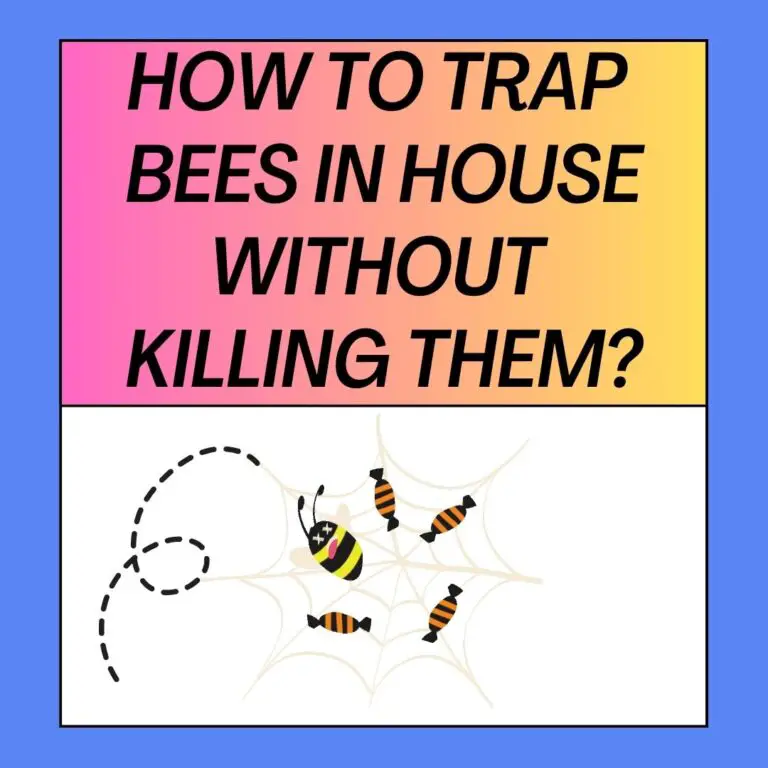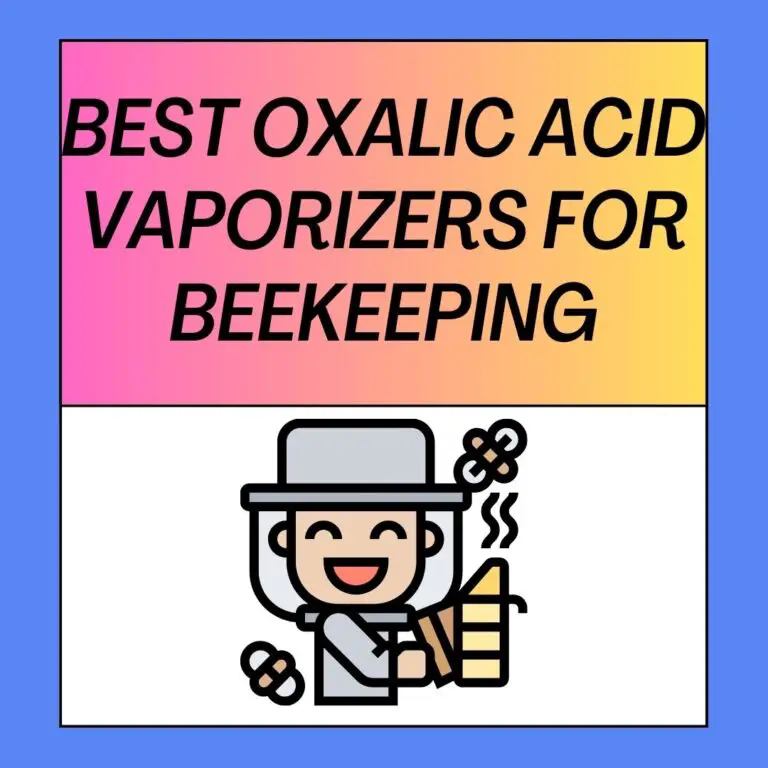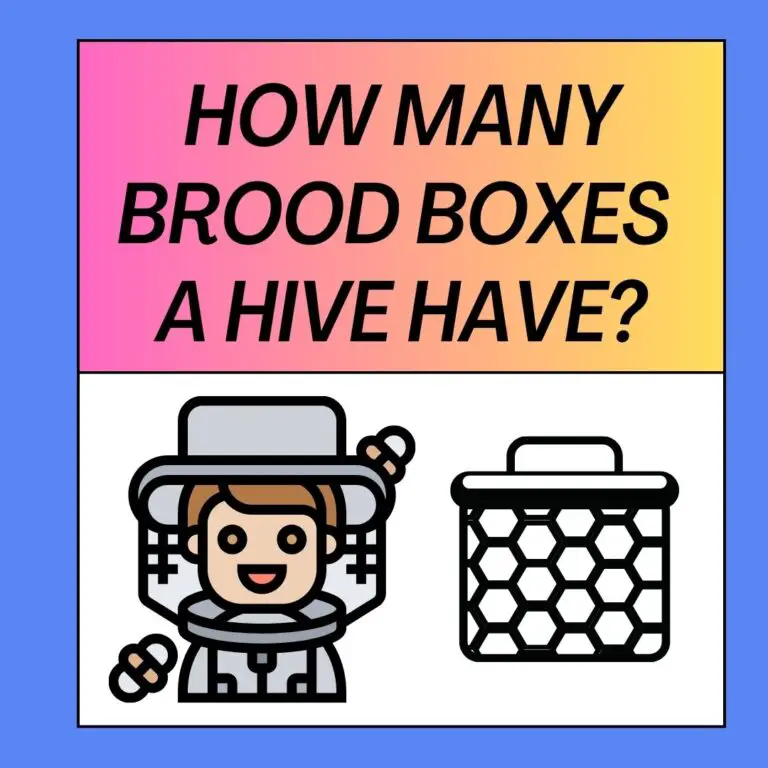
Bees, along with other pollinators like butterflies and hummingbirds, are essential for plant reproduction. They transfer pollen from the male parts of a flower to the female parts, fertilizing the plant and enabling it to produce fruits and seeds. This process is crucial for the reproduction of many of the plants we rely on for food.
The decline of bee populations and its consequences: Bee populations have been facing significant declines in recent years, primarily due to habitat loss, pesticide exposure, climate change, and diseases. The consequences of declining bee populations are far-reaching, affecting not only the natural world but also agriculture and food production. To mitigate these effects, creating bee-friendly habitats in our gardens is a proactive step we can take.
Bees are not only essential pollinators for our food crops but also contribute to the beauty and biodiversity of our ecosystems. By attracting bees to your garden, you can create a vibrant, thriving space that benefits both these remarkable insects and your local environment. This guide will provide valuable insights into attracting bees to your garden, whether you’re a seasoned gardener or just starting out.
Understanding the Importance of Bees
The Role of Bees in Pollination
Bees are crucial pollinators responsible for fertilizing many of the plants that produce our food. The process of pollination occurs when bees transfer pollen from the male part of a flower (the stamen) to the female part (the stigma) of the same or another flower. This fertilization enables the production of fruits, vegetables, and nuts. Without bees, our food supply would be severely compromised.
The Decline of Bee Populations
In recent years, bee populations have been declining due to various factors, including habitat loss, pesticide exposure, and climate change. The loss of bee populations threatens our food security and the health of ecosystems. Creating bee-friendly gardens is one way individuals can contribute to the conservation of these vital insects.
Choose Bee-Friendly Plants
Native vs. Non-Native Plants
Native plants are adapted to the local environment and often provide better resources for native bee species. Research which plants are native to your region and incorporate them into your garden. Non-native plants can also be beneficial but should be chosen with care.
Flowers with Abundant Pollen and Nectar
Select plants that offer a rich source of pollen and nectar. Bees are particularly attracted to flowers with bright colors, such as blue, purple, and yellow. Some popular bee-friendly plant choices include lavender, sunflowers, and salvia.
Include a Variety of Blooms for All Seasons
Bees need food throughout the year. Plant a variety of flowers that bloom at different times to provide bees with a continuous source of nourishment. Early spring bulbs, summer perennials, and fall-blooming plants can keep bees well-fed.
Provide a Water Source
Importance of Water for Bees
Bees require water not only for hydration but also for cooling the hive and diluting honey to feed their young. Providing a water source in your garden can make it more attractive to bees.
Creating a Bee-Friendly Watering Station
Set up a shallow container with fresh water and add floating objects like cork or stones to give bees a place to land while they drink. Make sure to keep the water clean and change it regularly to prevent mosquito breeding.
Create Bee-Friendly Habitats
Importance of Shelter and Nesting Sites
Bees need safe places to nest and take refuge from weather and predators. Consider leaving a patch of bare soil for ground-nesting bees and providing plant cover for other species.
Building Bee Hotels and Nesting Boxes
Construct bee hotels or nesting boxes to attract solitary bees like mason bees and leafcutter bees. These structures provide shelter and encourage these beneficial insects to reproduce in your garden.
Avoiding Harmful Pesticides
Pesticides, even those marketed as bee-friendly, can harm these insects. Opt for natural pest control methods or, if necessary, use bee-safe alternatives. Avoid using pesticides on bee-attractive plants during their bloom period.
Avoid Chemicals and Pesticides
Harmful Effects of Chemicals on Bees
Chemical pesticides can be lethal to bees. They can poison foraging bees or affect their navigation abilities, leading to colony collapse.
Adopting Organic Gardening Practices
Choose organic gardening methods that prioritize natural pest control, companion planting, and soil health. Organic gardens are safer for bees and other pollinators.
Plan Your Garden for Year-Round Bee Activity
The Importance of Continuous Bloom
Plan your garden to provide flowers throughout the growing season. This ensures that bees have access to food at all times.
Selecting Plants for Different Seasons
Research which plants bloom in each season and include a variety in your garden. Spring bulbs like crocuses, summer perennials like coneflowers, and fall-blooming asters can keep bees well-fed.
Maintain Your Bee-Friendly Garden
Pruning and Deadheading
Regularly prune and deadhead spent flowers to encourage new growth and prolonged blooming, keeping bees coming back for more.
Mulching and Soil Health
Use organic mulch to help maintain soil moisture and improve its health. Healthy soil supports a diverse range of plants that bees love.
Educate Yourself and Others
Spreading Awareness about Bee Conservation
Learn more about bees and their conservation needs. Share your knowledge with friends and neighbors to encourage more people to create bee-friendly habitats.
Involving Your Community
Consider involving your community in bee conservation efforts. Collaborate with local schools or gardening clubs to raise awareness and plant bee-friendly gardens in public spaces.
Conclusion
Creating a bee-friendly garden is not only a rewarding and enjoyable endeavor but also a crucial step in conserving these essential pollinators. By providing bees with the resources they need to thrive, you contribute to the health of your local ecosystem and ensure a bountiful harvest from your own garden. Join the effort to protect and support bees—our tiny yet mighty allies in agriculture and nature.






